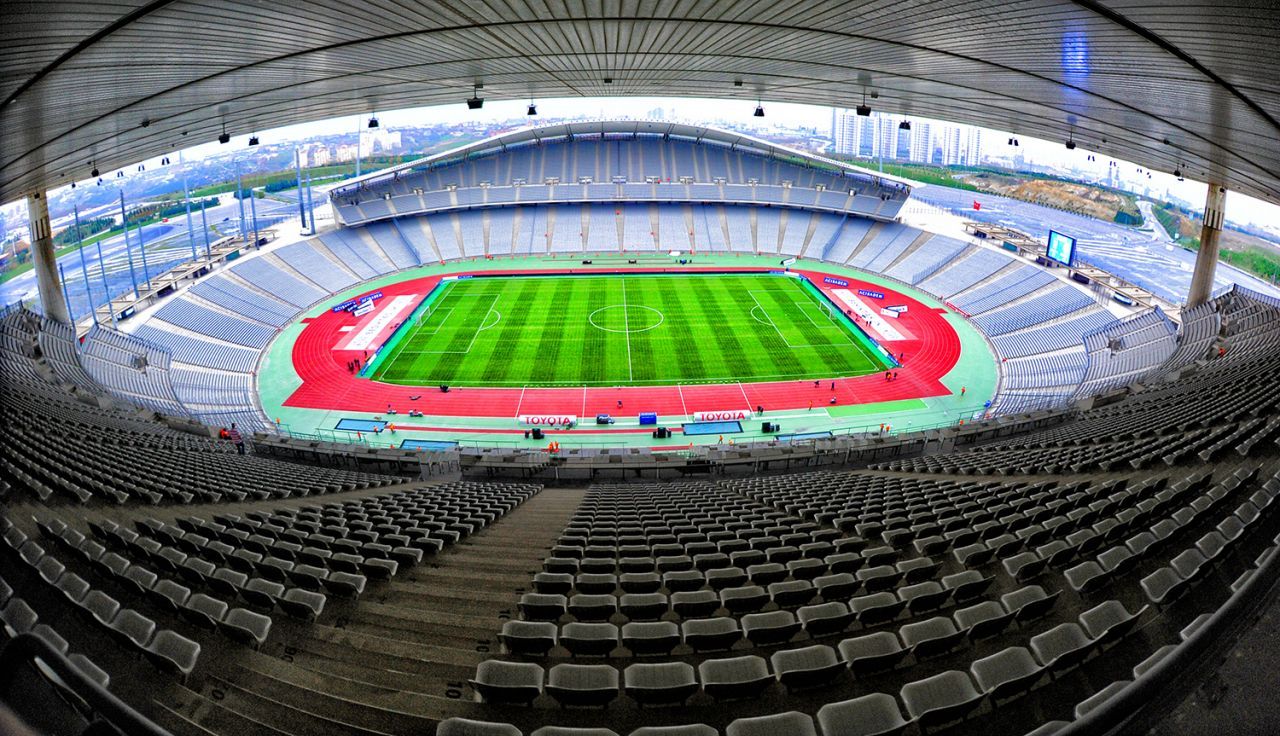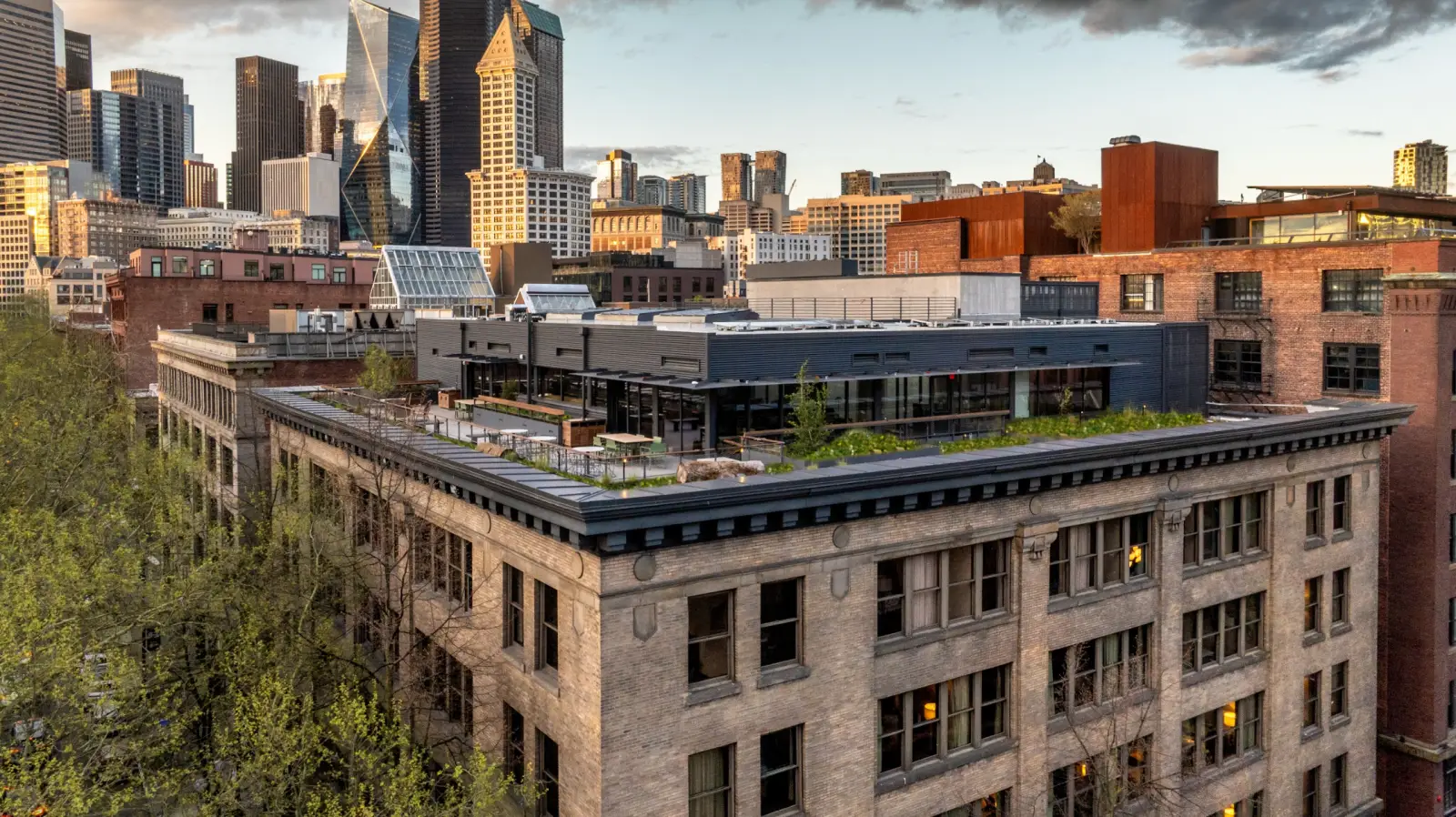There is no need to change or alter leisure or business trip plans for Hawaii due to volcano activity, says Ross Birch, executive director of the Island of Hawai’i Visitors Bureau.
All of the Hawaiian Islands are unaffected by Kīlauea volcano except a remote area on the island of Hawai’i’s east side. Out of the island’s 4,028 square miles, only less than a 10-square-mile area of Leilani Estates and Lanipuna Gardens Subdivisions in Puna is affected.
All flights into Ellison Onizuka Kona International Airport at Keāhole – KOA (west) and Hilo International Airport – ITO (east) are operating normally.
All accommodations, activities, and attractions on the island are also operating normally, with the exception of those in the area affected by the lava activity.
Air quality on the island of Hawai’i remains largely unchanged with this situation. However, air quality near where the lava is flowing can be hazardous (SO2-sulfur dioxide), and officials are continuing to monitor air quality.
The volcanic activity and where lava has flowed is limited to an isolated area in lower Puna on the island’s east side. This is more than 100 miles away from the western Kohala and Kona Coasts, where the island’s major visitor accommodations and resorts are located. This is the area furthest from the current activity. In addition, Hilo town is approximately 20 miles away and unaffected by Kīlauea volcano.Kīlauea is one of the most active volcanoes on Earth and has been erupting for the past 35 years. The topography of the island between east and west is unconducive for a natural flow. Out of the island’s 4,028 square miles, only less than a 10-square-mile area of Leilani Estates and Lanipuna Gardens Subdivisions in the district of Puna is affected.
Hawai’i Volcanoes National Park is currently open from 7:00 a.m. to 10:00 p.m. daily. This includes Jaggar Museum (open from 10:00 a.m. to 8:00 p.m., with the outdoor overlook open until 10:00 p.m.), Kīlauea Visitor Center (9:00 a.m. to 5:00 p.m.) and other areas listed here https://www.nps.gov/havo. Residents and visitors can still view the lava activity and glow from Halema’uma’u Crater. For Park updates, visit https://www.nps.gov/havo/planyourvisit/lava2.htm.













